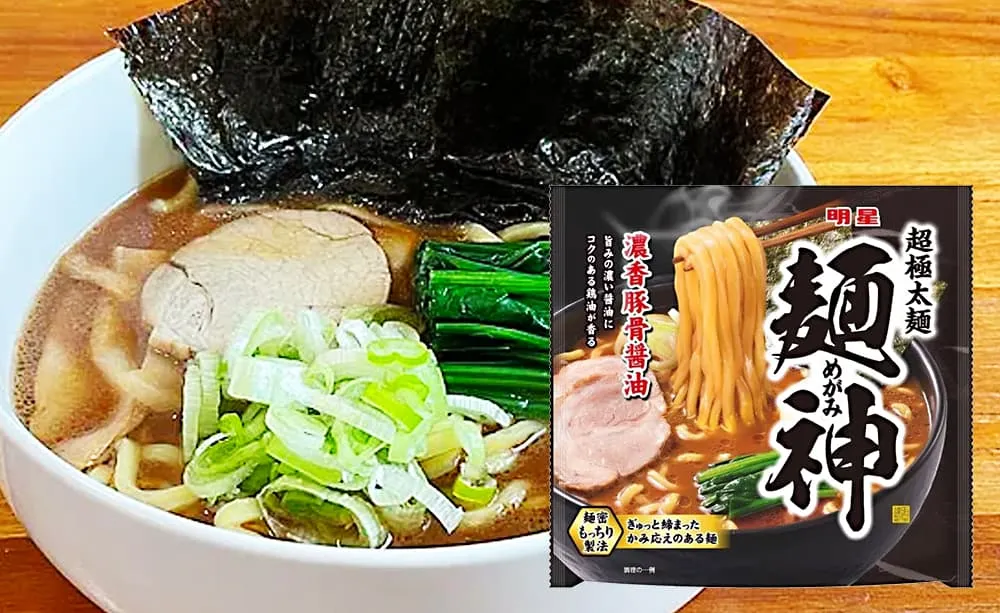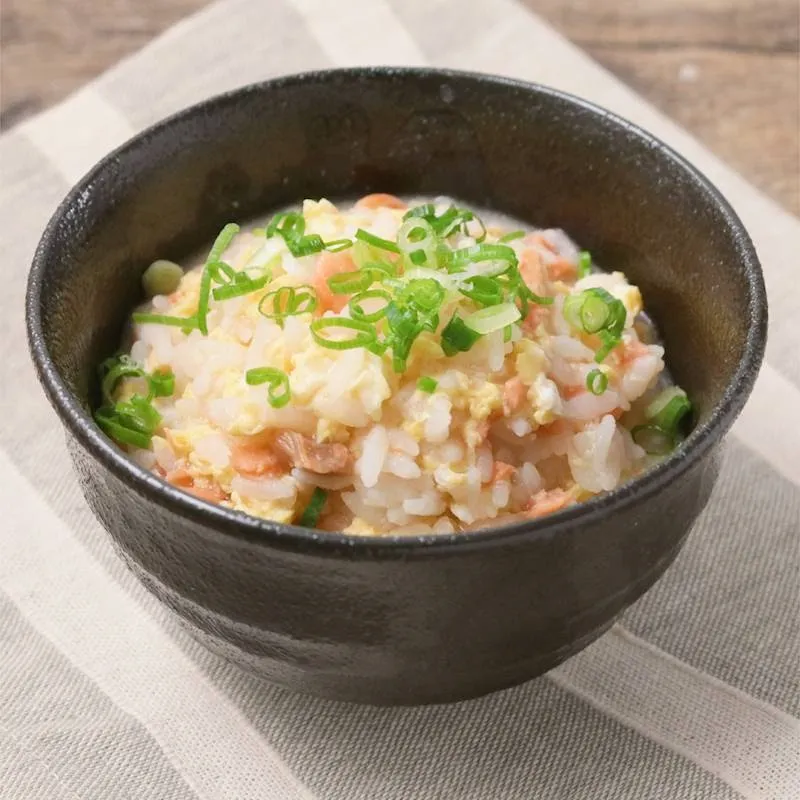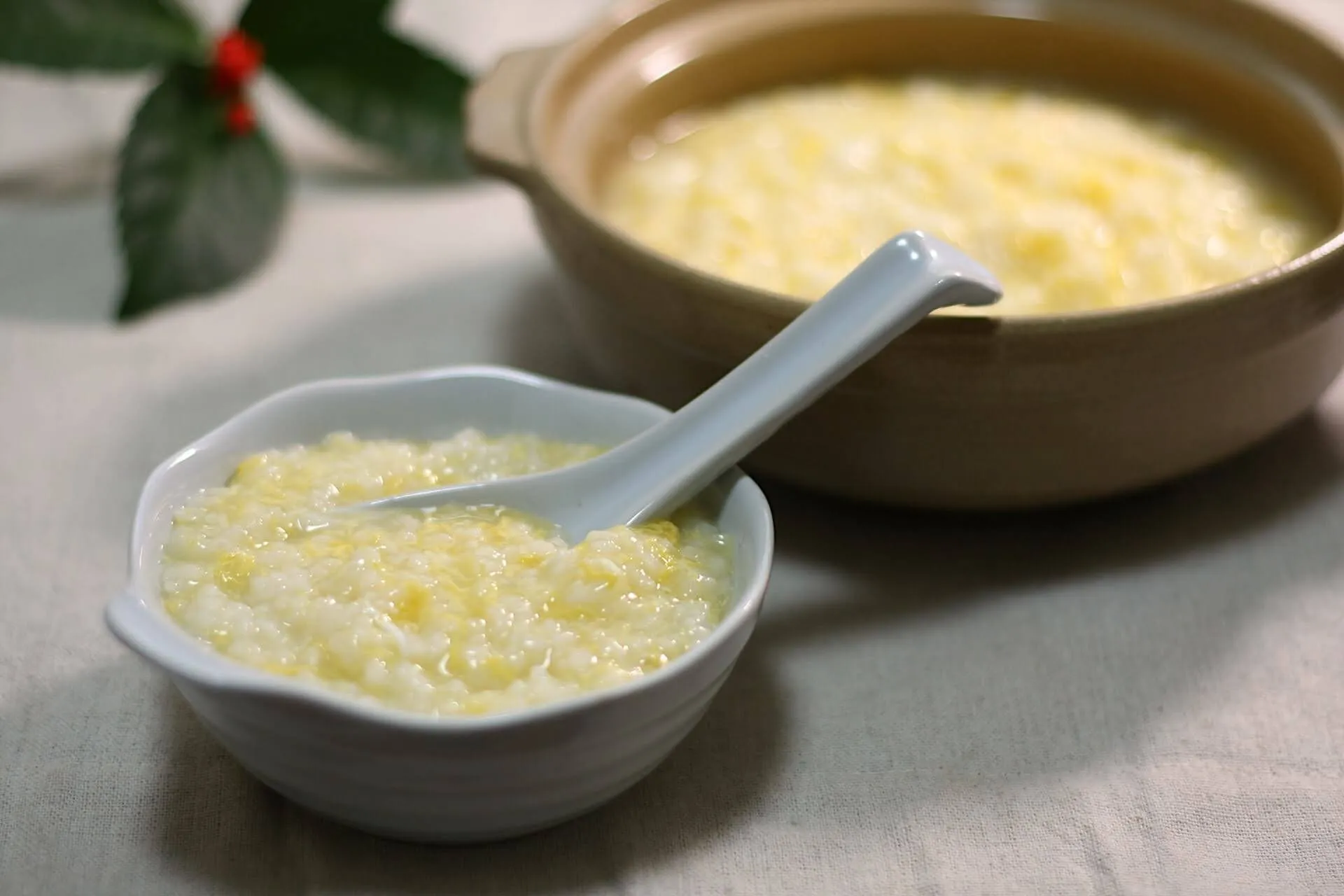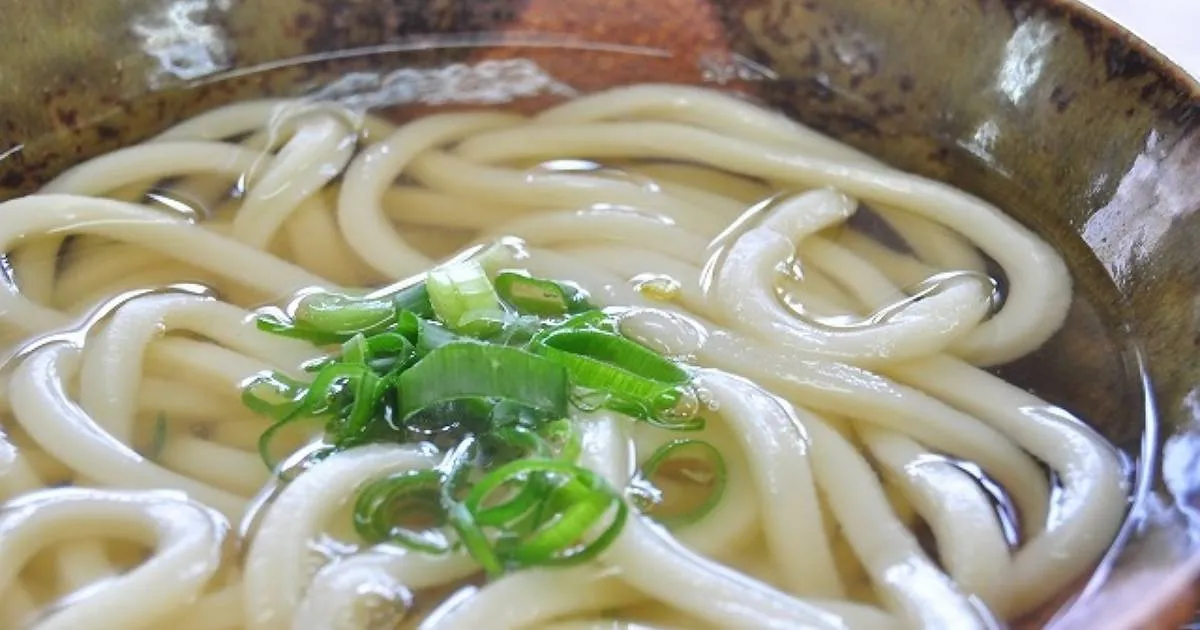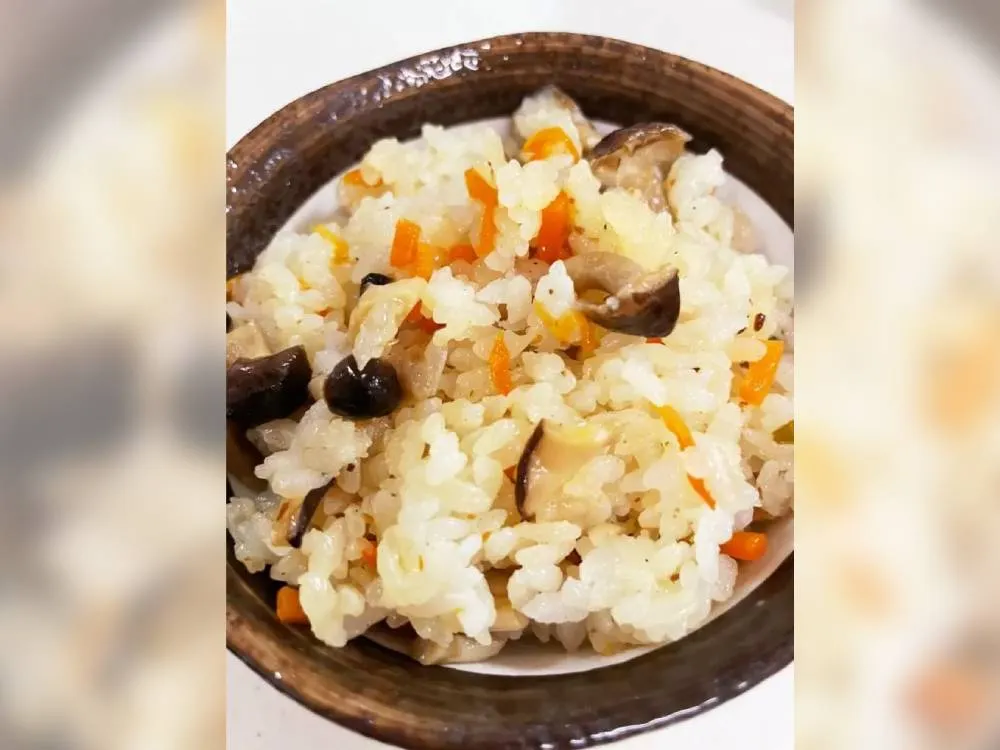- You have no items in your shopping cart
- Subtotal: $0.00
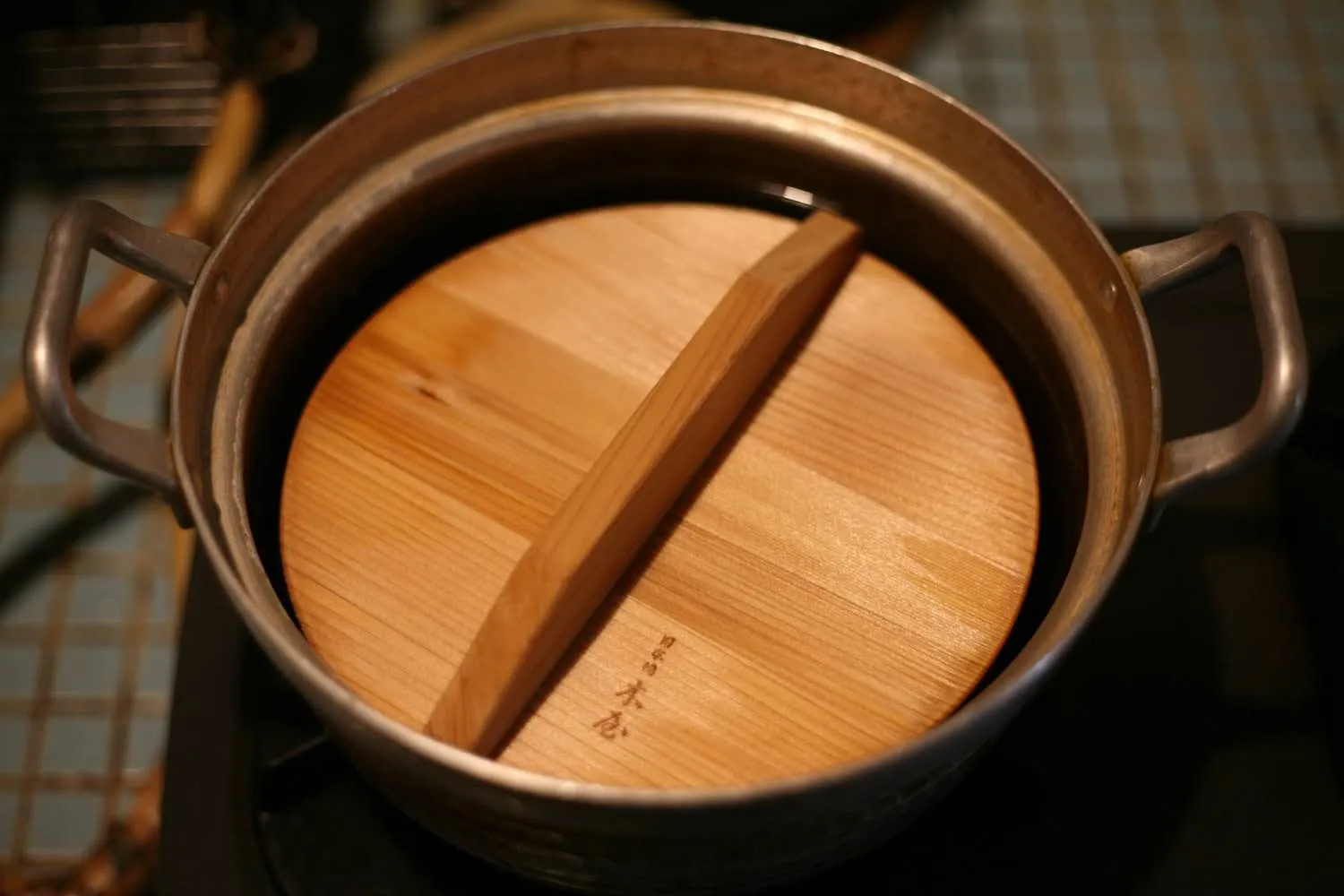
When cooking Japanese food, the term Otoshibuta “to put a drop lid” is often used.
It is not a lid, but a “drop lid.
What is “otoshi-buta”? And what is it for?
And if you don’t have one when you need to use it, is it possible to use something you have at home as a substitute?
Here is an explanation of the Otoshibuta “to put a drop lid” that you may or may not know about.
What is a drop lid? Otoshibuta
A drop lid is a lid that is one size smaller than the pot.
In other words, a lid that looks like a lid but falls into the pot. They are available in a variety of materials, including wood and metal. If you do not have a special drop-lid, it is common to use a cookie sheet or aluminum foil as a substitute.
Why is it necessary to use a drop lid? Here are some of the benefits of using a drop lid.
Prevents simmered dishes from falling apart
In Japan, there are many dishes that are stewed. For example, meat and potatoes and boiled fish. These stewed dishes tend to fall apart as they are simmered. They fall apart when they collide with other ingredients or move while simmering. Therefore, keeping the ingredients in place prevents them from collapsing.
Taste soaks in more easily.
The drop-lid also helps the flavor of simmered dishes to soak in evenly.
By placing the drop-lid over the food, the simmering liquid hits the drop-lid and convection currents are created. This allows the cooking liquid to circulate evenly in the pot, evenly distribute the cooking liquid over the food, and allow the flavor to soak into the entire dish.
Without a drop-lid, the flavor may only be absorbed in the lower part of the pot. Also, stirring to spread the flavors evenly can cause the food to boil over.
Substitute for drop lid
There are some Japanese households that do not have a proper drop-lid. In those cases, you can use a drop-lid substitute!
1, Aluminum foil
Aluminum foil is one of those kitchen utensils that every household has. Crumple aluminum foil and cut it into round pieces if possible, and use it as a drop-lid.
Why do we crumple it? The reason is to make it easier to remove lye from the cooking liquid. The lye sticks to the crumpled aluminum foil, saving you the trouble of removing the lye.
2, Cooking sheet
A cookie sheet may be used.
You can cut it up and use it as it is! With a little effort, it will make a good drop-lid substitute with appropriate holes as shown in this picture.
Cut the cookie sheet to an appropriate size and fold it into four. Next, fold it into a triangle, then fold it again into a triangle, and cut it to fit the radius of the pot as shown in the photo.
Finally, use kitchen scissors to cut out the part shown in the photo above, and open it up.
3, Paper towels
In the case of paper towels, the cut-out pieces can be used as drop lids as they are. Unlike aluminum foil or cooking sheets, paper towels allow moderate airflow and do not require piercing.
Thin ones or ones that tear easily may tear during the simmering process or when taking them out. So use a durable type of paper towel.
What if there are no substitutes either?
If you do not have a substitute, you do not need to use a drop lid. However, it may cause a boil over. Therefore, there is a little trick. The reason for this is to cook over low heat.
The cause of the collapse of the stew is due to the shaking and bumping of the ingredients as they are simmering. Therefore, if you cook over high heat, the ingredients are likely to fall apart. Simmering over low heat, just to the point of gently simmering, prevents the ingredients from moving and reduces the risk of collapsing.
If too much broth is added, the ingredients will tend to move easily.
So, how much difference is there between having an actual drop lid and not having a drop lid? Let’s compare two images for clarity.
Without a drop-lid
With drop-lid
Otoshibuta -Drop-Lid-
Otoshibuta -Drop lib- are sometimes used when making Japanese stew dishes such as meat and potatoes.
We have introduced its effect and how it can be substituted. If you usually cook simmered dishes without a drop-lid, please try it and feel the effect of the drop-lid.

